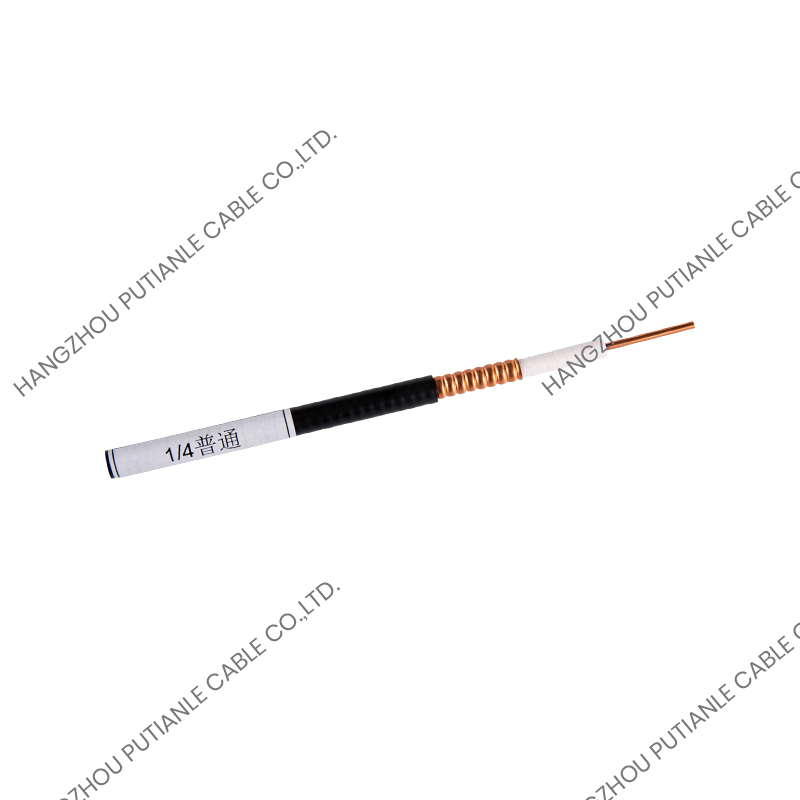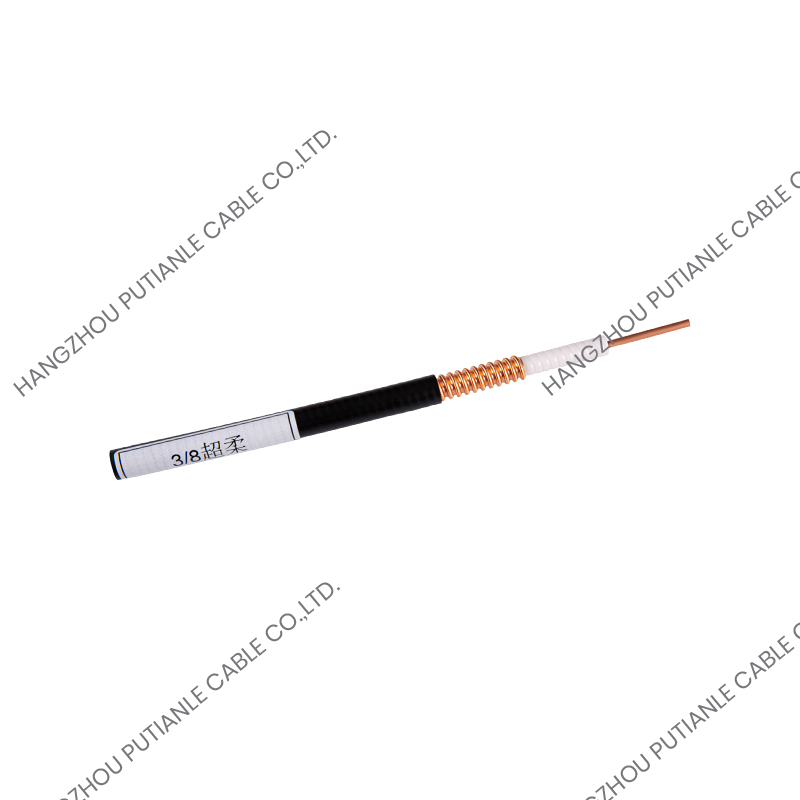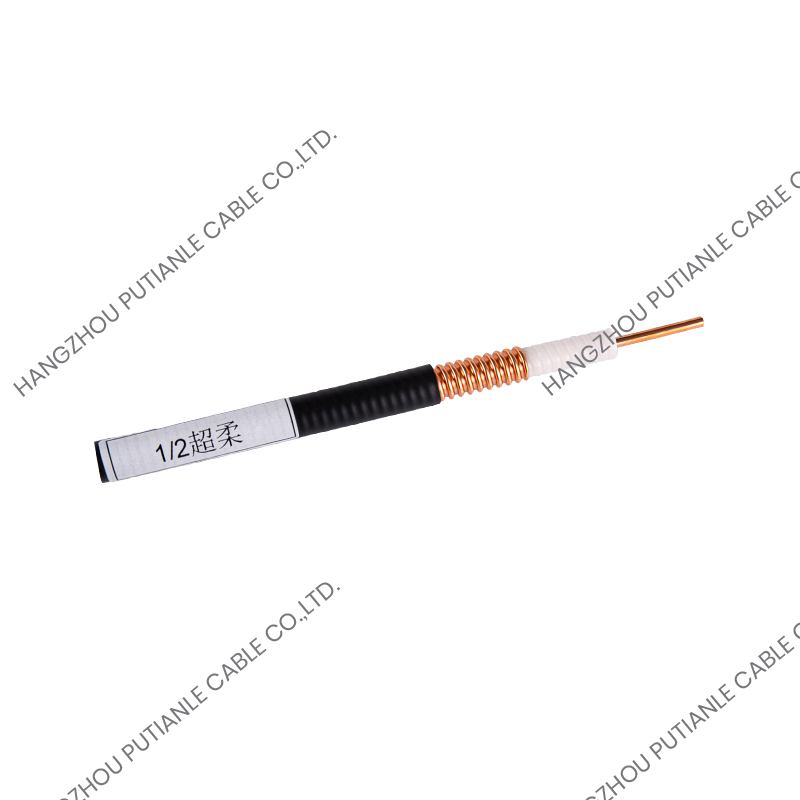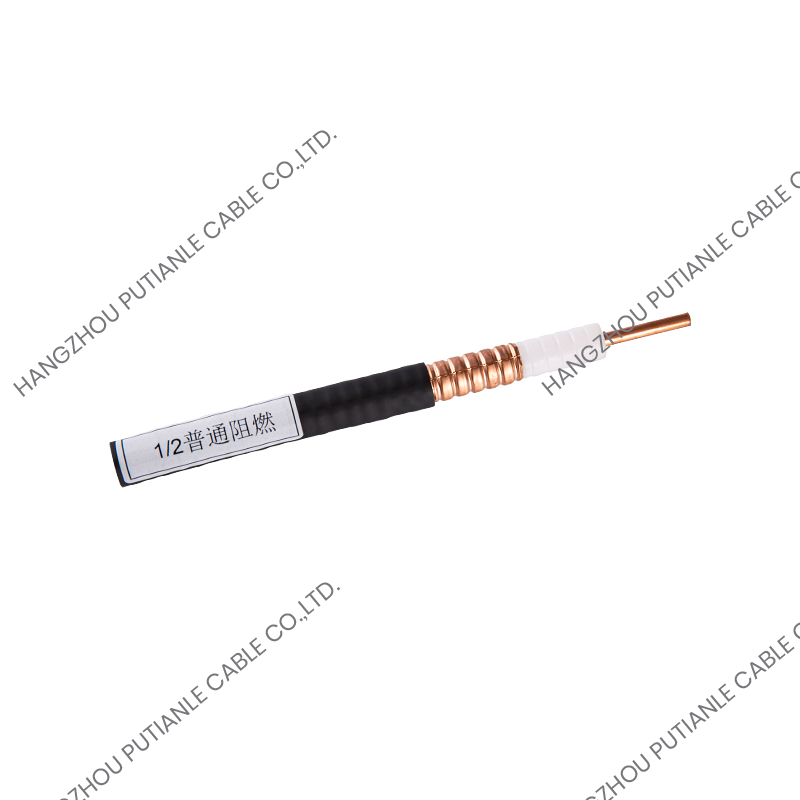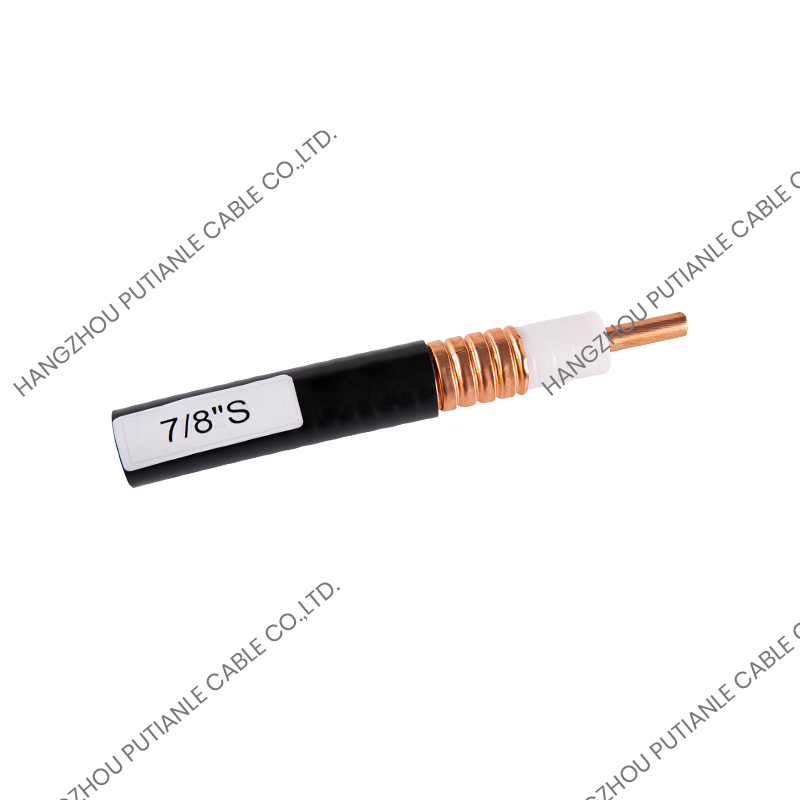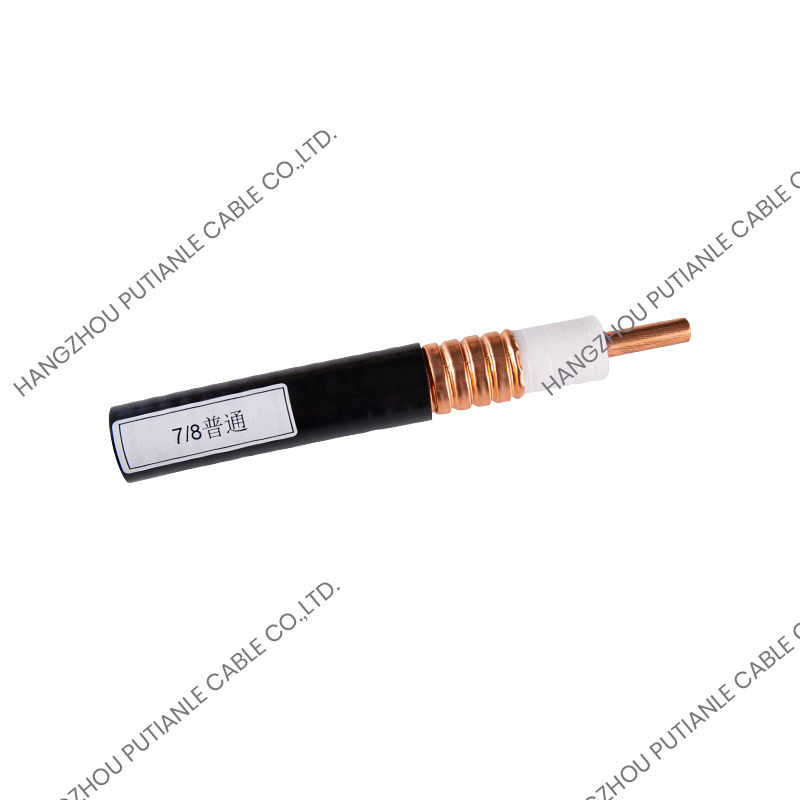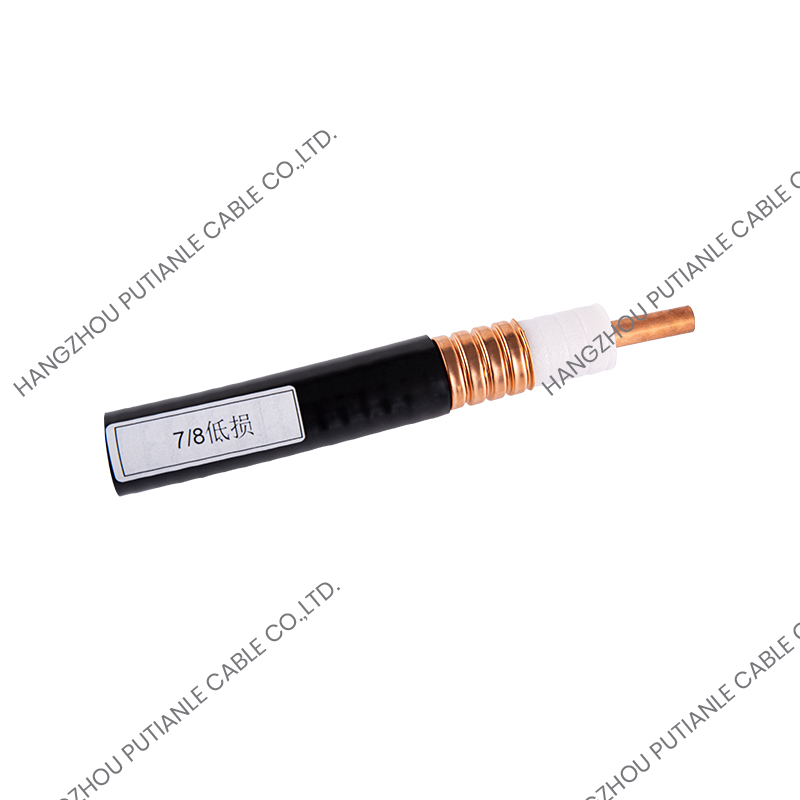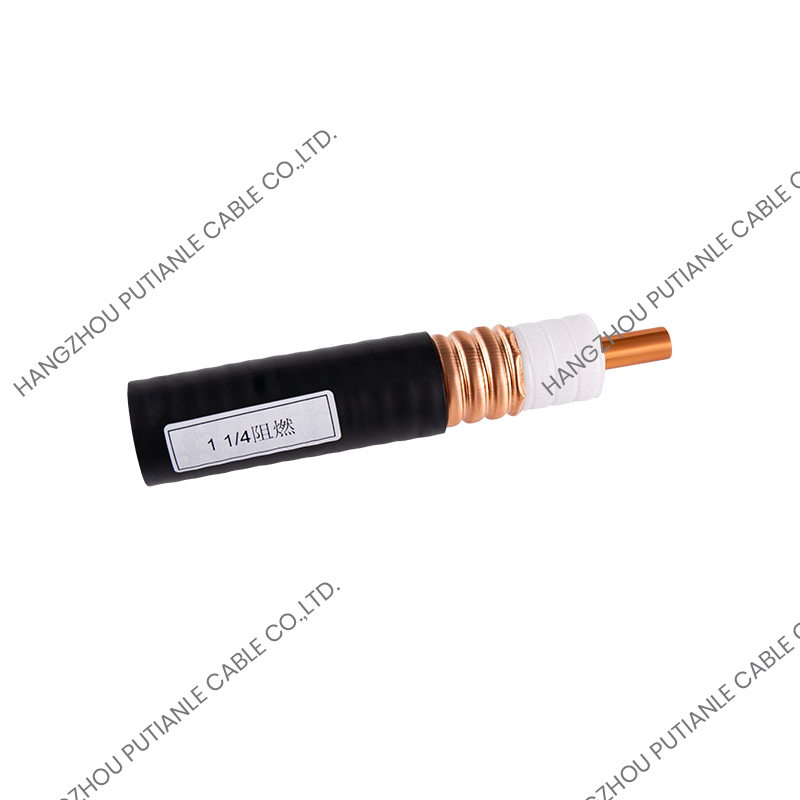As a comparison, in the current cable market, there are two types of cable products, namely high-frequency cables and ordinary cables, but many friends who do not understand cable products confuse the two. I often think that these two products are the same. In fact, high-frequency cables and conventional cables are completely different products, and some of their performance characteristics are also completely different. So do you know what the difference is between high-frequency cables and ordinary cables? The following editor of the coaxial cable manufacturer introduces you:
The difference between high-frequency cables and ordinary cables:
1. Different constituent materials
The constituent materials of high-frequency cables and ordinary cables are different. The constituent materials of high-frequency coaxial cables are copper conductors insulated with insulating materials. A typical cable assembly is a wire or a group of wires.
2. Different classifications
High-frequency cables can be divided into baseband coaxial cables and broadband coaxial cables. Ordinary cables are divided into DC cables and AC cables.
3. Different types
High-frequency cables and ordinary cables are of different types. High-frequency coaxial cables are divided into thin cables RG-58 and thick cables RG-11. Typical cables are divided into the following categories: flame-retardant rubber coated cables, nuclear-grade cables, bare and exposed conductor products, power cables, communications and optical fibers, electromagnetic wires (windings), and flexible fireproof cables.
To sum up, you can see that the difference between high-frequency cables and conventional cables is still large, and the cable types of the two are not exactly the same. Therefore, when choosing, you can choose cable products according to actual needs.


 中文简体
中文简体 English
English Español
Español

